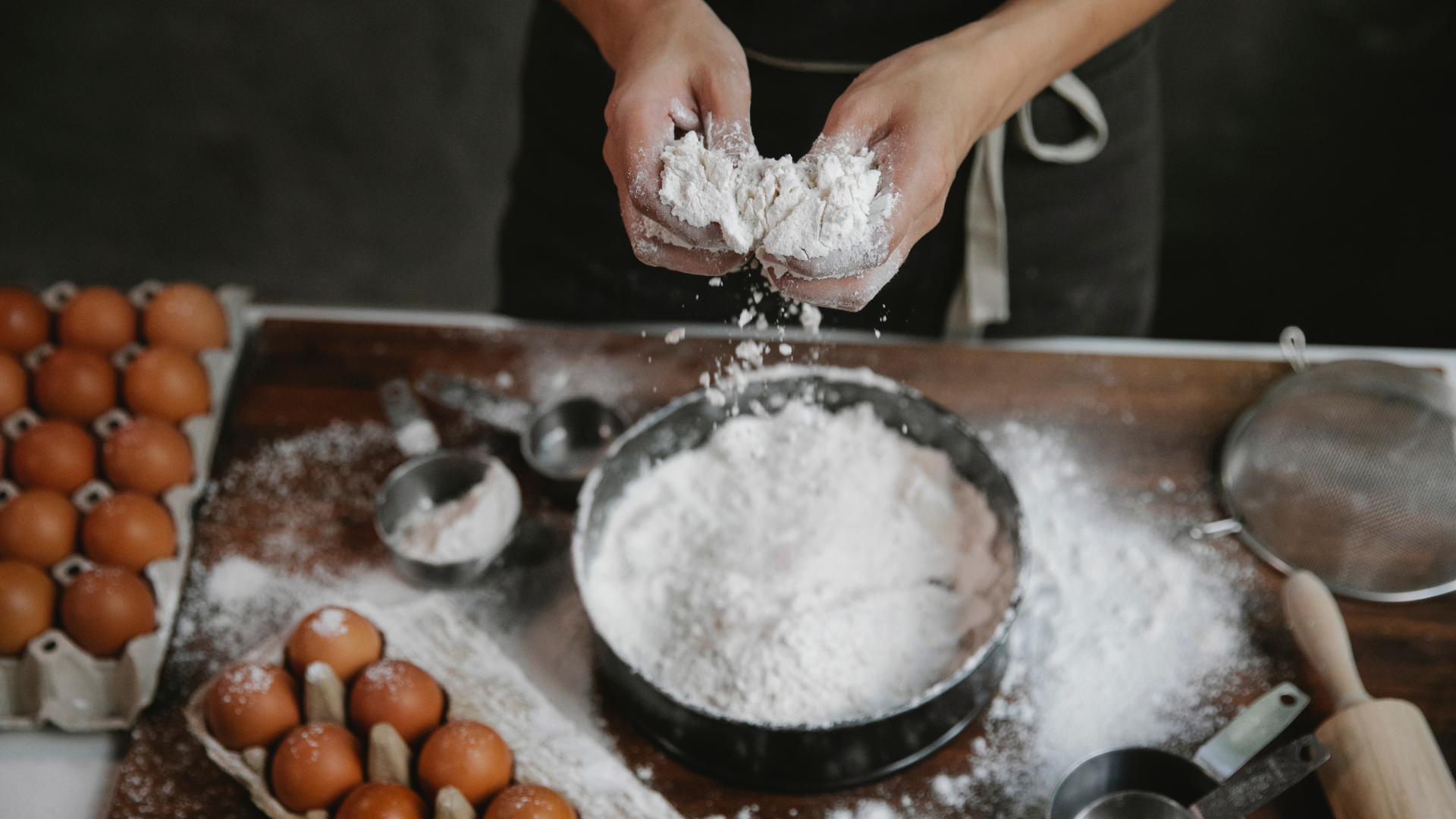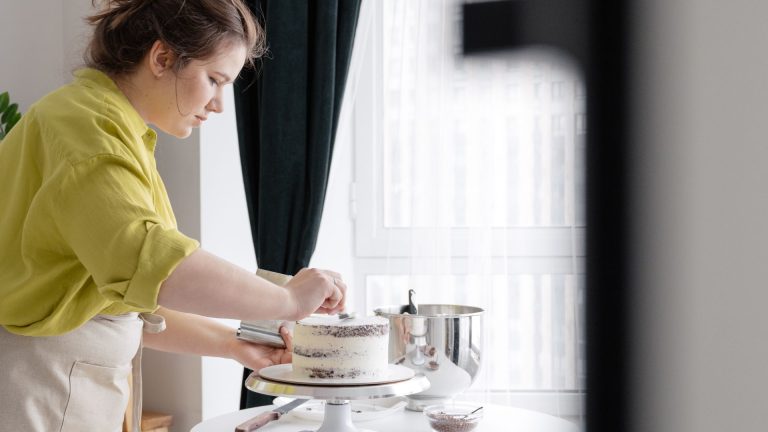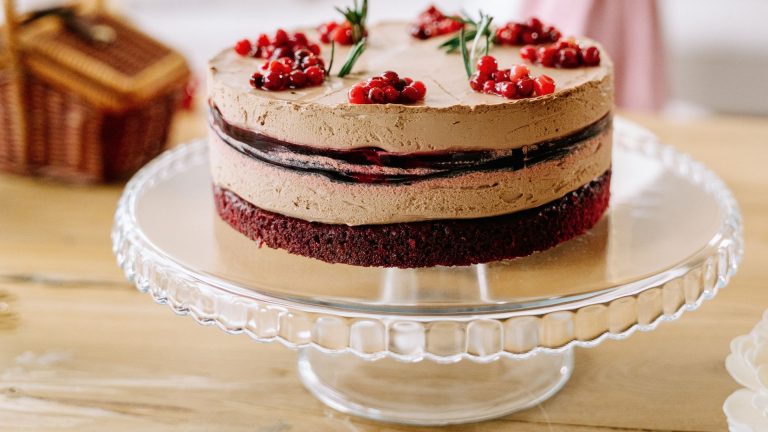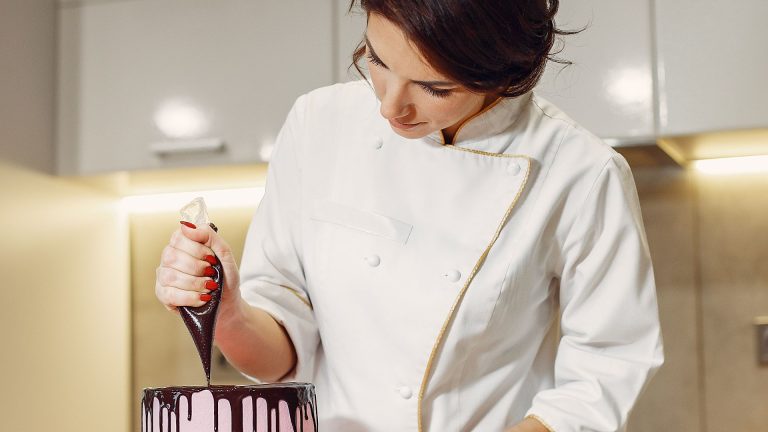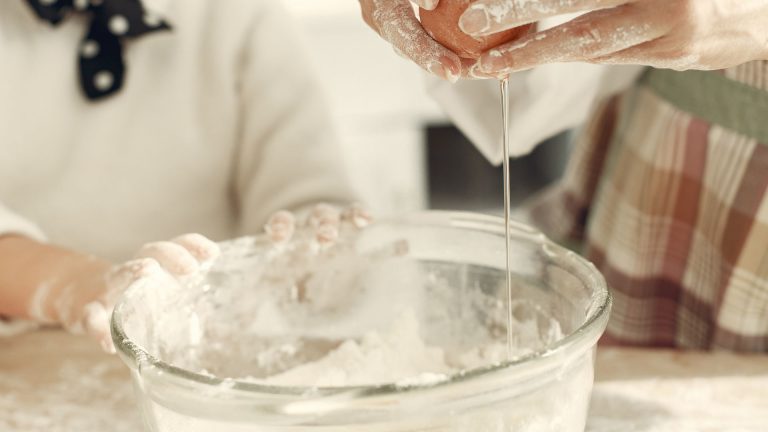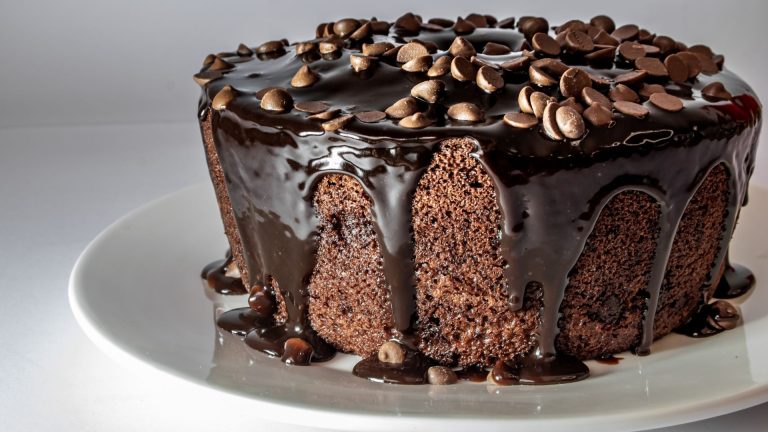BST: Beating role in cake making Explained
Table of Contents
ToggleWhat Does Beating Mean in Baking?
In baking, “beating” refers to the process of vigorously mixing ingredients together to achieve a specific texture or consistency. This technique is not just about combining ingredients; it’s about incorporating air into the mixture, which affects the final outcome of your cake.
When you beat a batter, you’re helping to develop the structure and volume of the cake. This involves using a tool like a hand mixer, stand mixer, or even a whisk to mix ingredients quickly and thoroughly. The goal is to create a light and airy batter that will rise beautifully during baking.== >> Check out the right cake beating tools and ingredients that you need here
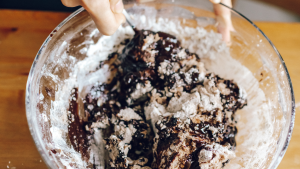
Why Beating is Crucial in Cake Making
Incorporating Air
One of the primary reasons for beating is to incorporate air into the batter. When you beat butter and sugar together, for instance, you’re creating tiny air bubbles that will help the cake rise as it bakes. This process is especially important for cakes that need to be light and fluffy.
Creating a Smooth Texture
Beating also helps in achieving a smooth, lump-free batter. This is essential for uniform baking and ensures that your cake has a consistent texture throughout. Clumps or unevenly mixed ingredients can lead to a cake with an inconsistent crumb or even dense spots..== >> Check out the right cake beating tools and ingredients that you need here
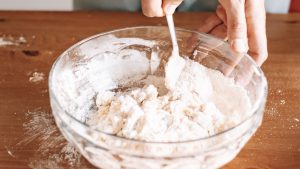
Activating Leavening Agents
Many cake recipes include baking powder or baking soda as leavening agents. Beating helps to activate these agents, which in turn helps the cake rise. When you mix these ingredients thoroughly, you ensure that the leavening agents are evenly distributed throughout the batter.
Tips for Effective Beating
- Start Slow, Then Speed Up
Begin by mixing your ingredients at a lower speed to avoid splashing. Once everything is combined, you can increase the speed to incorporate more air. - Use the Right Tools
A stand mixer or electric hand mixer is ideal for beating, especially if you’re working with a large amount of batter. For smaller batches, a whisk can be effective..== >> Check out the right cake beating tools and ingredients that you need here - Room Temperature Ingredients
Ensure that ingredients like butter and eggs are at room temperature. Cold ingredients can cause the batter to be uneven and harder to beat. - Don’t Overbeat
While beating is essential, overdoing it can lead to a dense cake. Mix just until the batter is smooth and well combined..== >> Check out the right cake beating tools and ingredients that you need here
The Science Behind Beating
Beating is not just a matter of technique; it involves understanding the science behind it. According to the American Chemical Society, the process of beating incorporates air into the batter, which expands during baking due to the heat. This expansion helps create a light and fluffy texture.
Another insightful resource is the Food Network’s guide on cake baking basics. It provides a detailed overview of how different beating techniques impact the outcome of your cake.
Mastering the art of beating can elevate your cake-making skills from average to extraordinary. By understanding its role and practicing the technique, you’ll be able to create cakes that are light, fluffy, and perfectly textured.
Mixing vs. Beating: Understanding the Difference in Cake Making
When diving into cake making, you’ll often hear the terms “mixing” and “beating” used interchangeably, but they actually refer to different techniques with distinct purposes. Understanding these differences can significantly impact the texture and quality of your cake. Here’s a breakdown of what sets mixing and beating apart and how each technique affects your baking results.
Mixing
Mixing involves combining ingredients together until they are well incorporated. This can be done using a variety of tools, such as spoons, spatulas, or mixers, depending on the recipe and the consistency required.
Purpose of Mixing
Combine Ingredients: Mixing ensures that ingredients like flour, sugar, eggs, and liquids are evenly distributed throughout the batter.
Achieve Uniform Consistency: It helps to blend all the components into a smooth batter without lumps.
Low Air Incorporation: Unlike beating, mixing does not necessarily introduce a lot of air into the mixture. This is suitable for recipes where a dense or compact texture is desired, such as brownies or some types of quick breads..== >> Check out the right cake beating tools and ingredients that you need here
Beating
Beating is a more vigorous process than mixing and typically involves using a mixer to rapidly blend ingredients, often to achieve a light and airy texture. This technique is specifically aimed at incorporating air into the batter.
Purpose of Beating
Incorporate Air: Beating adds air into the batter, which helps to create a light and fluffy texture in cakes. This is especially important for recipes like sponge cakes or angel food cakes.
Create a Light Texture: By beating ingredients like butter and sugar together, you create a creamy and aerated mixture that expands during baking.
Activate Ingredients: Beating can help activate leavening agents such as baking powder or baking soda, which are crucial for the rising of the cake.
When to Use Mixing vs. Beating
When to Mix
Simple Batters: For batters that don’t require a lot of air incorporation, such as muffin or pancake batter.
After Adding Dry Ingredients: When combining dry ingredients with wet ones, gentle mixing is usually sufficient to avoid overworking the batter.
When to Beat
Creaming Butter and Sugar: When a recipe calls for creaming butter and sugar, you should beat them together to incorporate air and achieve a fluffy texture.
Making Meringues or Whipped Cream: Beating egg whites or cream helps to create volume and stability.
For Cakes Needing Light Texture: Recipes that need a light and airy crumb, like chiffon cakes or genoise, benefit from thorough beating..== >> Check out the right cake beating tools and ingredients that you need here
Tips for Perfect Mixing and Beating
Use the Right Speed: Start mixing at a low speed to combine ingredients without making a mess, then increase the speed as needed. For beating, start at a low speed to avoid splashes, then move to a higher speed to incorporate air.
Avoid Overworking: Over-mixing can lead to a dense texture in cakes, especially if the batter includes gluten-rich ingredients. Beating too long can also cause the batter to become too airy or separate.
Room Temperature Ingredients: Make sure ingredients like butter and eggs are at room temperature for optimal mixing and beating results.
Understanding the Science
Both mixing and beating are important techniques in baking, each serving a specific purpose. According to the American Chemical Society, beating incorporates air into the batter, which is essential for achieving a light and fluffy texture in many cakes.
Comparison Table: Mixing vs. Beating in Cake Making
| Aspect | Mixing | Beating |
|---|---|---|
| Definition | Combining ingredients until well incorporated. | Rapidly mixing ingredients to incorporate air and achieve a specific texture. |
| Purpose | Ensure uniform distribution of ingredients. | Incorporate air into the batter for a light, fluffy texture. |
| Texture Created | Often results in a denser, more uniform batter. | Produces a lighter, airier batter, ideal for fluffy cakes. |
| Tools Used | Mixing spoons, spatulas, or gentle use of stand or hand mixers. | Electric mixers (stand or hand), whisks for high-speed mixing. |
| Ingredients | Suitable for most batters and doughs where density is desired. | Ideal for butter and sugar, meringues, whipped cream, and light cake batters. |
| Speed of Action | Generally lower speed, careful to avoid overmixing. | Higher speed to thoroughly incorporate air. |
| Common Uses | Muffins, pancakes, quick breads, cookies. | Sponge cakes, meringues, whipped cream, light and airy cakes. |
| Impact on Cake | Can lead to a denser, more uniform texture if overmixed. | Helps in creating a cake with a fluffy, airy crumb; overbeating can lead to separation or collapse. |
| Room Temperature Ingredients | Not always necessary, but can help for more consistent mixing. | Essential for better results; cold ingredients can be harder to beat and affect texture. |
Key Notes and Considerations
Mixing
- Consistency: Ensures that all ingredients are evenly combined. This is essential for achieving a consistent batter or dough.
- Density: Mixing generally does not incorporate as much air as beating, so it’s suitable for recipes where a denser texture is acceptable.
- Overmixing Risk: Over-mixing can lead to tough textures, particularly in recipes that include gluten. This is because excessive mixing can develop the gluten in the flour.
Beating
- Air Incorporation: Crucial for creating a light and fluffy texture. Beating incorporates air, which is necessary for recipes that require rising.
- Texture: Ideal for cakes that need a delicate crumb. The incorporation of air helps in achieving a more tender and airy texture.
- Speed: Requires a higher speed than mixing. Proper technique is important to avoid overbeating, which can result in a cake that rises too much and then collapses.
Practical Tips
- For Mixing: Start with low speed and gradually increase. Ensure ingredients are well combined but avoid overworking the batter.
- For Beating: Begin at a low speed to avoid splashes, then increase to high speed. Beat until the desired texture is achieved but be cautious not to overbeat.
.== >> Check out the right cake beating tools and ingredients that you need here
FAQs on Creaming vs. Beating
1. What is the main difference between creaming and beating?
Creaming involves mixing butter and sugar together until light and fluffy to incorporate air into the fat, which helps cakes rise and develop a tender texture. Beating, on the other hand, is a more vigorous process used to mix ingredients quickly and thoroughly, incorporating air into the entire batter for a light and airy texture.
2. Can I use a hand mixer for both creaming and beating?
Yes, a hand mixer can be used for both creaming and beating. However, for larger quantities or more thorough beating, a stand mixer might be more efficient. Make sure to adjust the speed appropriately to avoid splashing and ensure even mixing.
3. Why is it important to use room temperature butter for creaming?
Room temperature butter is crucial for creaming because it blends more easily with sugar, allowing for better air incorporation. Cold butter can result in a lumpy texture and prevent proper aeration, which is essential for a light, tender crumb.
4. How can I tell if I’ve over-creamed or over-beaten my batter?
Over-creaming can lead to a greasy batter and a dense texture in your baked goods. Over-beating can cause the batter to become too airy or even separate. For both processes, stop when the mixture reaches the desired consistency creamy and fluffy for creaming, and light and well-aerated for beating.
5. What types of recipes benefit most from creaming?
Creaming is ideal for recipes that need a light and tender texture, such as cakes, cookies, and muffins. It is particularly effective for recipes that rely on the aeration of butter and sugar to help the batter rise.
6. When should I use beating instead of creaming?
Beating is used when you need to incorporate air into a mixture more vigorously, such as when making meringues, whipped cream, or light cake batters. It’s suitable for recipes that require a fluffy texture or need a lot of air incorporated into the mixture.
7. Can I substitute beating for creaming in a recipe?
In some cases, you might substitute beating for creaming if you’re looking to incorporate more air into the batter. However, this can alter the final texture of the baked good. It’s best to follow the recipe’s instructions to achieve the intended results.
Final Words
Understanding the differences between creaming and beating is crucial for mastering the art of baking. Each technique plays a unique role in achieving the perfect texture and consistency for your cakes and other baked goods. Creaming helps create a light, tender crumb by incorporating air into fat, while beating is essential for achieving a fluffy and well-risen batter.
By knowing when and how to use these techniques, you can enhance your baking skills and produce delicious, beautifully textured treats. Whether you’re creaming butter and sugar for cookies or beating egg whites for a meringue, mastering these methods will help you achieve consistently great results in your baking endeavors.

Hi!
I’m Mike, the creator of Forum Foodies. In my own personal experience, understanding ingredients is key to great cooking.
Forum Foodies offers guides on various ingredients, from staples to exotic finds. Join our community, share your experiences, and learn from fellow food lovers.
Have questions or suggestions? Email me at info@forumfoodies.com. Let’s embark on this delicious adventure together.
Happy cooking.
Mike/
Related Posts
- SCO: Scooping role in cake making Explained
In the world of cake making, every little detail matters. One technique that might seem…
- SLC - Slicing role in cake making Explained
When it comes to baking, the art of slicing can make or break the final…
- BRU: Bruising Role in Cake Making Explained
When it comes to baking, it’s easy to get caught up in the complexities of…
- CUT - Cutting role in cake making Explained
In this topic, I’m going to talk about the often-overlooked but crucial aspect of cake…
- TMP: Tempering Role in Cake Making Explained
In this topic, I’m going to talk about tempering, a technique that’s often overlooked but…
- BSH: Basting role in cake making Explained
In this topic, I'll talk about BSH basting and its role in cake making, sharing…
- FZ: Freezing role in cake making Explained
In this topic, I’m going to talk about the role of freezing in cake making,…
- FRY: Frying Role in Cake Making Explained
In this topic, I'm going to talk about a fascinating technique in cake making: frying.…
- GRD: Grating role in cake making Explained
When it comes to cake making, it's often the little details that make a big…
- DST: Dusting role in cake making Explained
In this topic, I’m going to talk about dusting and its crucial role in cake…
- SPN: Spoon role in cake making Explained
Hey there, cake lovers. In this topic, I'm going to talk about the humble spoon…
- PST: Pastry Role in Cake Making Explained
When it comes to baking, pastries are often thought of as their own special category,…
- SCR - Scoring Role in Cake Making Explained
When it comes to cake making, every detail matters, from the ingredients you use to…
- PSG - Pasting role in cake making Explained
In this topic, I’m going to talk about PSG (Pasting) and its crucial role in…
- BRT - Brushing role in cake making Explained
In this topic, I’m going to talk about the essential yet often overlooked technique of…

